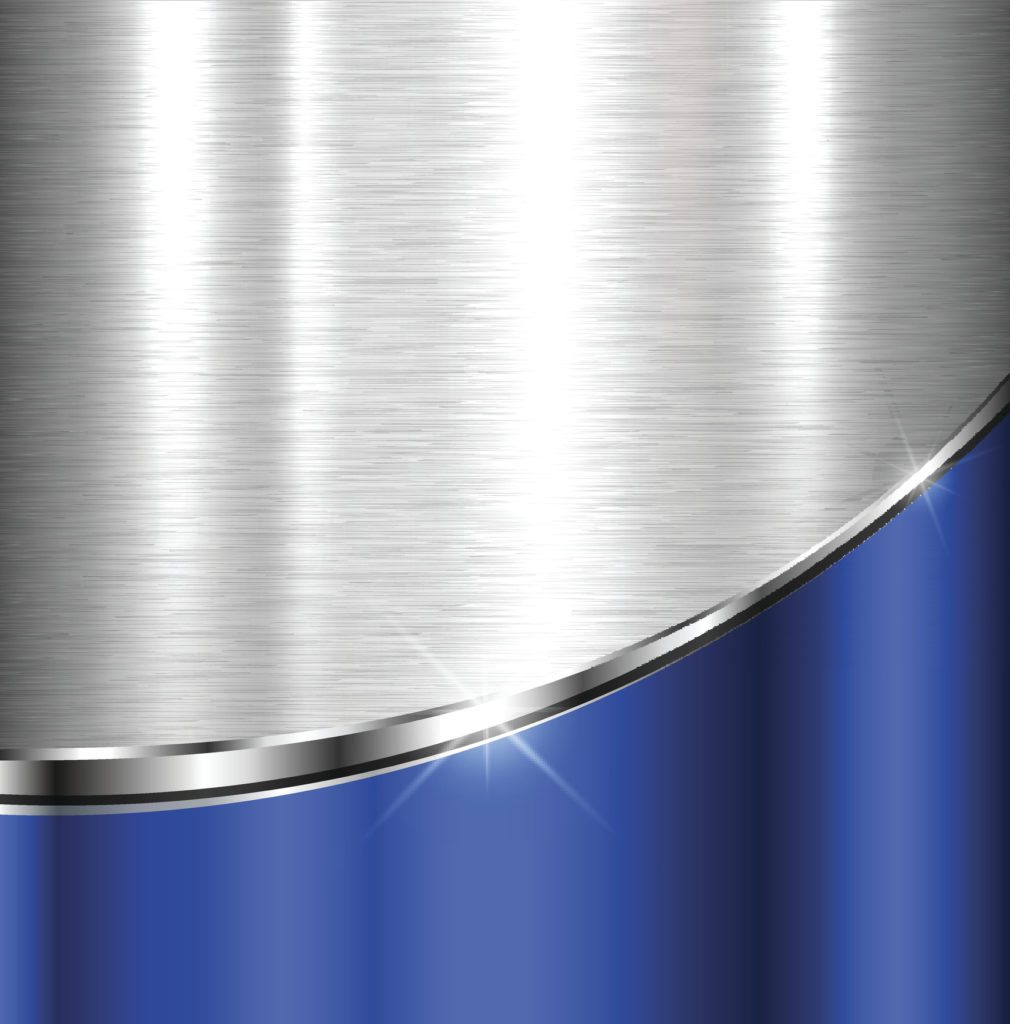The Need for Consistent Finishing Shouldn’t Be Overlooked

When it comes to surface finishing at our machine shop in Portland, our team at API/AMS often find that many clients and even other shops often overlook the importance of this part of the manufacturing process. Mass finishing processes have been widely adopted throughout the industry as the best practice for producing surface finish and controlled edge effects on a wide variety of fabricated and machined components. API/AMS continues to always stay at the forefront of using the most advanced and optimal surface and edge finishing techniques.
Unfortunately, it’s still common in the industry for outdated or even hand or manual finishing methods to be used during the surface and edge finishing stage of manufacturing. While some industrial parts do require a manual deburring, in most cases, however, manual or hand methods are still being used simply because mechanized or automated methods have not been fully explored.
Even in cases where a manual method may be required to complete the manufacturing process, the use of mass-media finish techniques should be embraced to produce the kind of consistent surface and edge finish that cannot be duplicated by single-point-of-contact or manual techniques. Crafting a consistent surface and edge finish technique can have a significant impact on both performance and the lifespan of critical components.
An Added Value
One of the primary issues with an overreliance on the use of manual finishing and deburring techniques is that the majority of manufacturers have already made a massive – frequently into the millions – investment in manufacturing equipment that’s computer controlled. The initial concept behind this type of investment was to have the capability to uniformly produce parts that meet a precise specification. Where’s the logic of creating a uniform and exact series of parts only to send them off to be manually finished, thereby guaranteeing that no two parts will be identical?
Furthermore, the added difficulty and exact requirements of mechanical products have doubled down on the need for accurately controlling the surface finish of manufactured parts. Variations in the texture of a part’s surface can impact its ability to withstand wear; diminish the effect of lubrication; increase or decrease friction; and increase the effect of friction. As these facets become more important under specific operating conditions, the surface finish can dictate a part’s performance, service life, and integrity.
To understand how surface and edge condition can impact part performance, it’s necessary to know how part surfaced developed from common honing, grinding, machining, and other methods can negatively impact the function of a part over time. While a variety of factors can play some role in part performance, what’s less well understood is the role specialized variants can have in determining part performance and service life, especially in the highly demanding field of precision manufacturing.
Those variety of factors can include:
- Negative vs. Positive Surface Skewness
- Random vs. Directional Surface Texture Patterns
- Residual Compressive Stress vs. Residual Tensile Stress
- Compatible Surfaces but Varying Function
While each of these issues requires more detailed analysis to fully understand their important role in determining part functionality, there exists plenty of opportunity for our machine shop in Portland to improve part lifespan and performance through the use of existing technology, while also continuing to keep an eye of future advancements.
